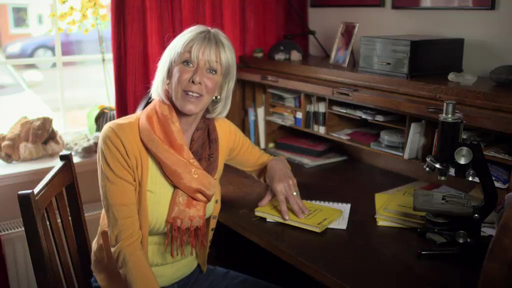Week 4: DNA
Introduction

Transcript
Welcome to Week 4. This week, you are going to use some fairly common household chemicals to isolate and observe the DNA (deoxyribonucleic acid) from the nucleus of a kiwi fruit.
DNA was first isolated as far back as 1869, but it wasn’t until 1928 that scientists realised that it carried genetic information. In 1953, the structure of the molecule was discovered by Francis Crick and James D. Watson and other colleagues, while working at Cambridge University.
DNA is a molecule containing sequences of chemicals in very specific arrangements. The shape of the molecule is like a twisted ladder, known as a ‘double helix’, which contains stretches of chemicals, known as genes, which code for certain biological traits and functions. In other words, DNA contains the instructions by which organisms build and maintain their existence.
